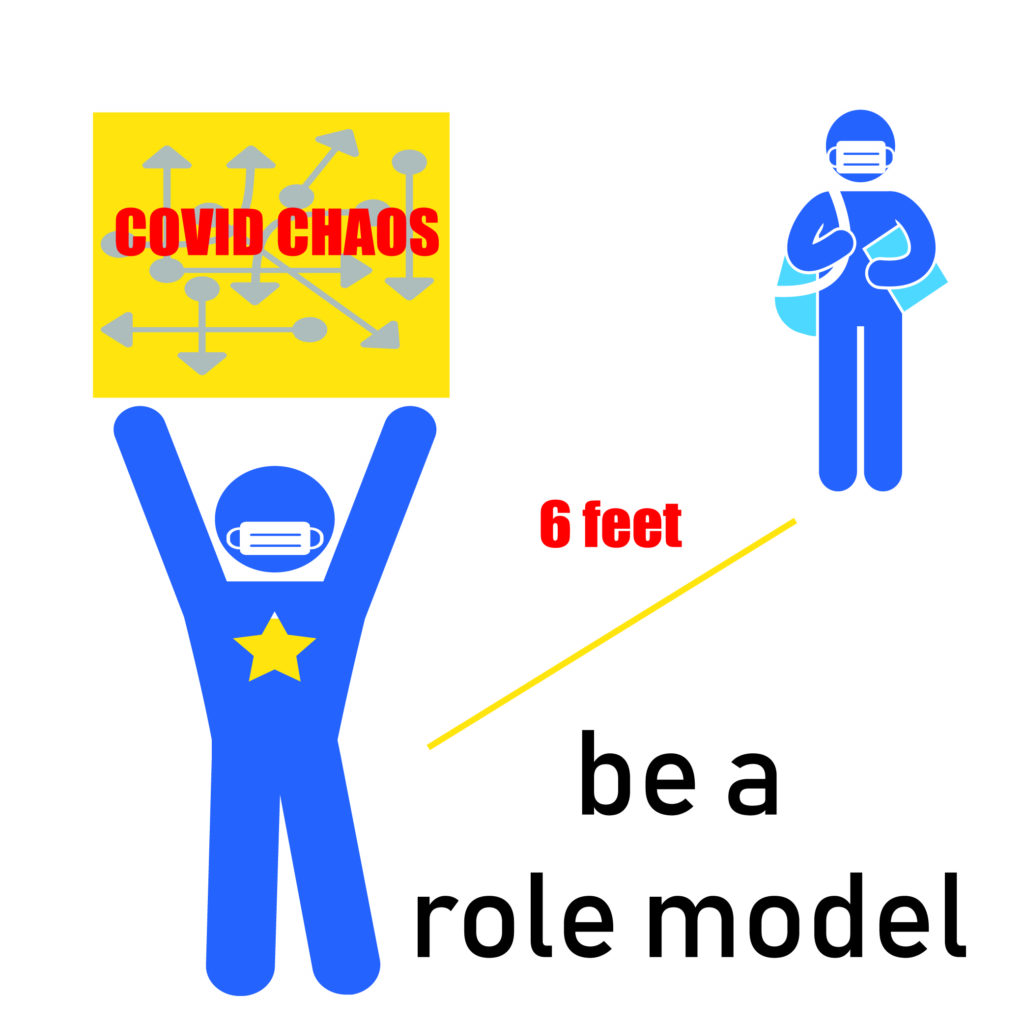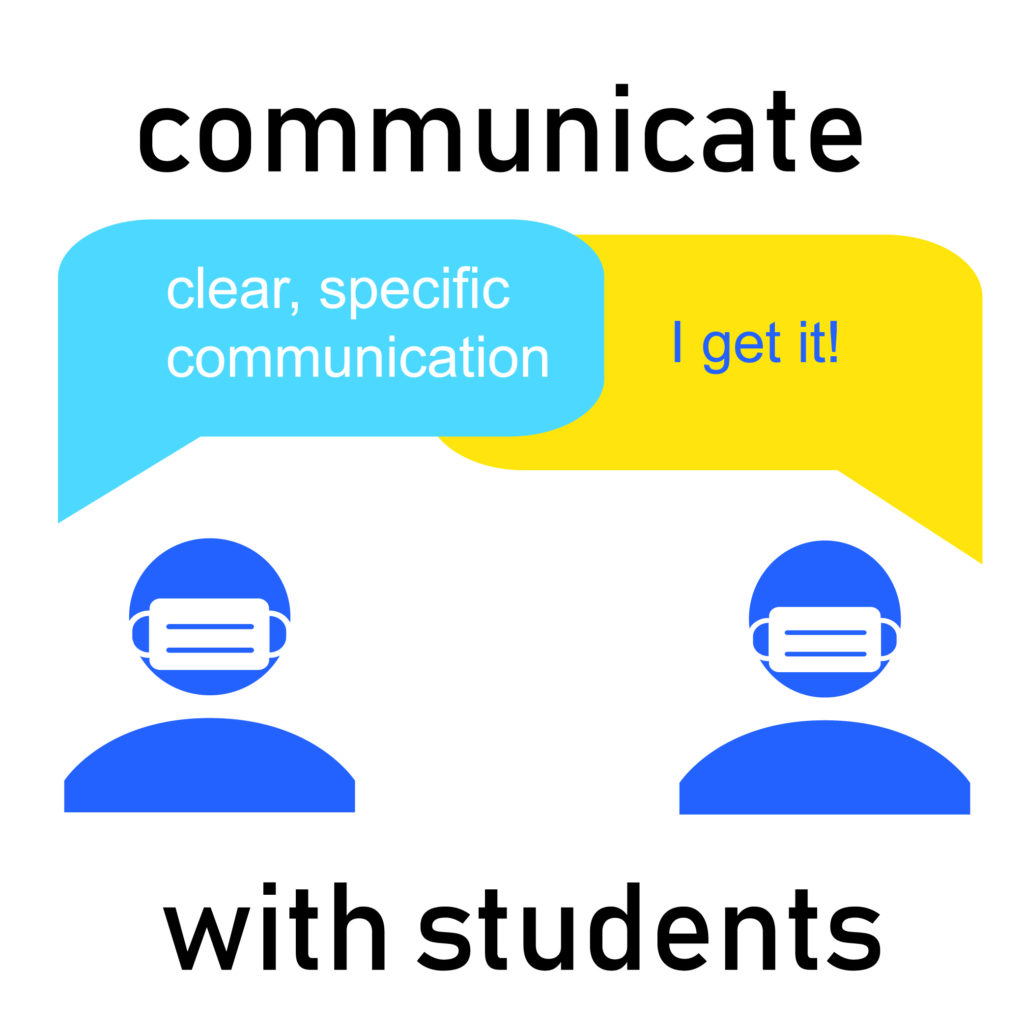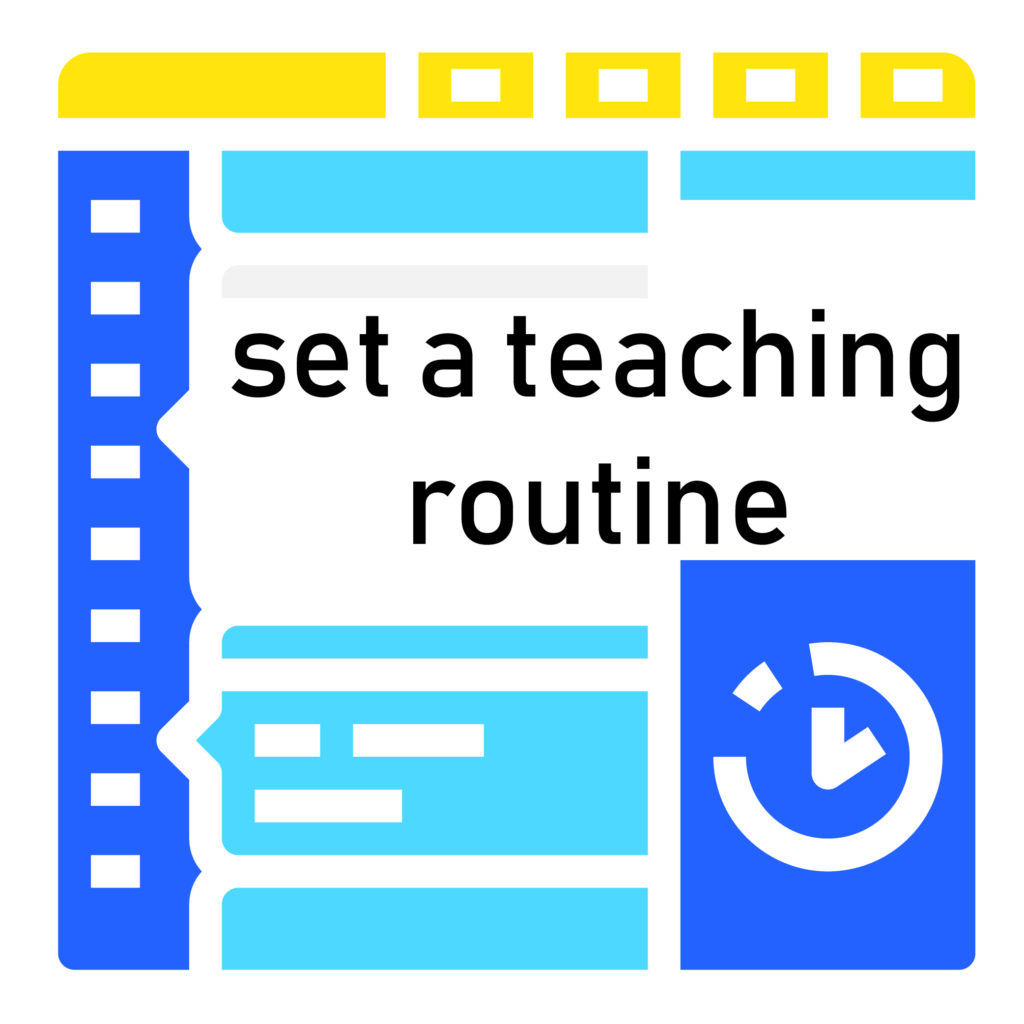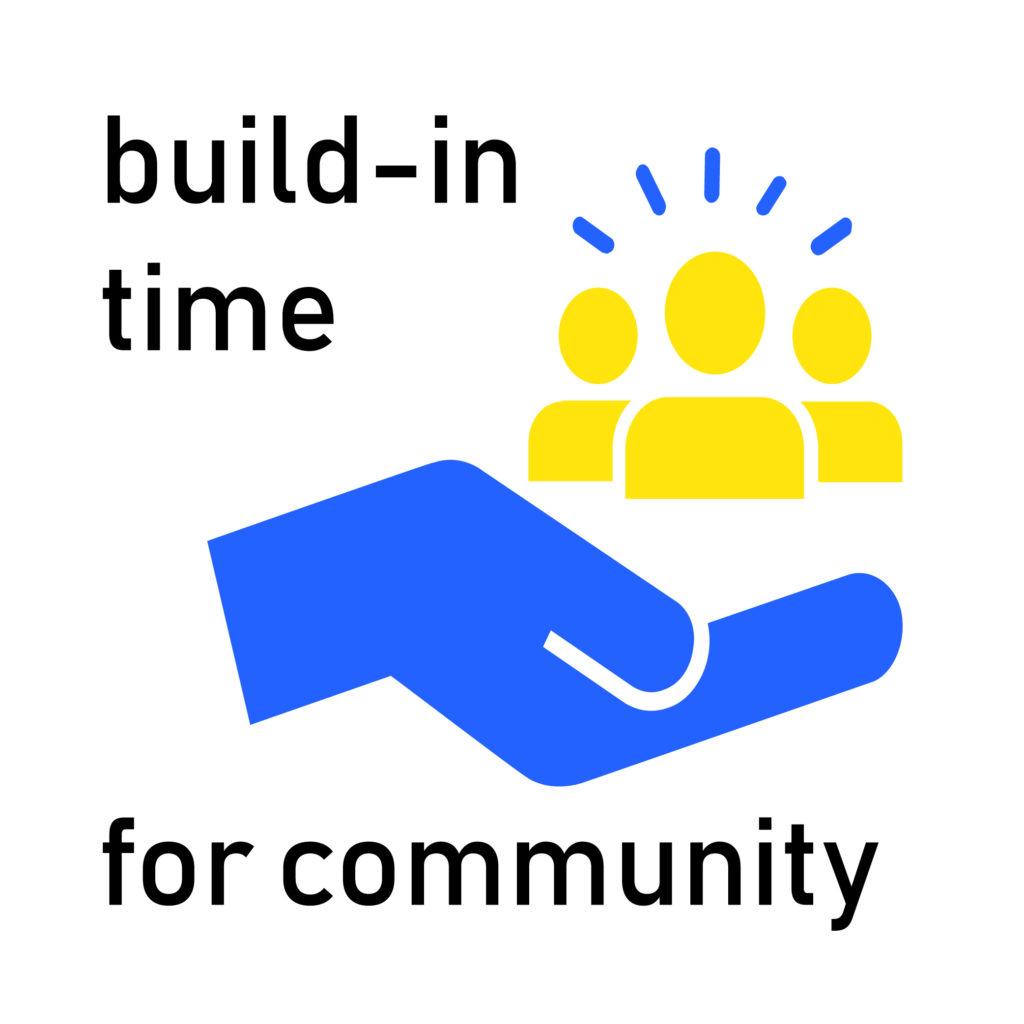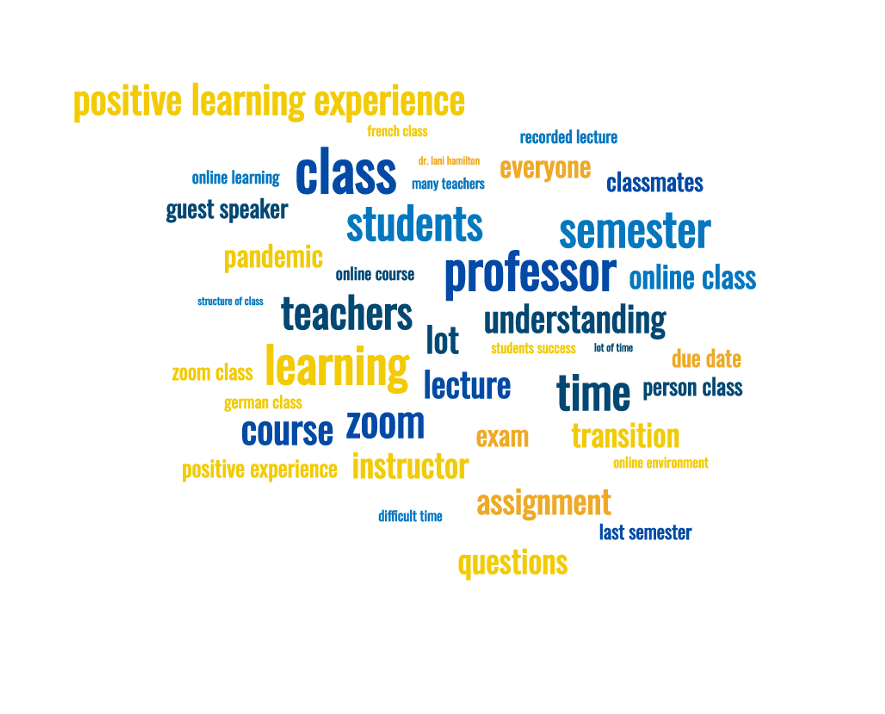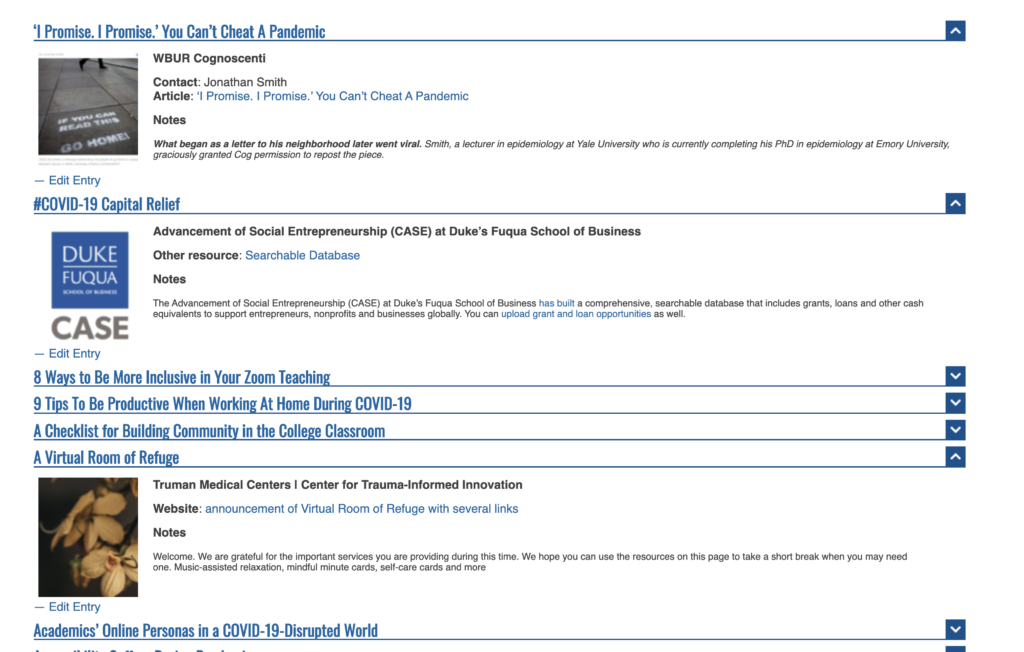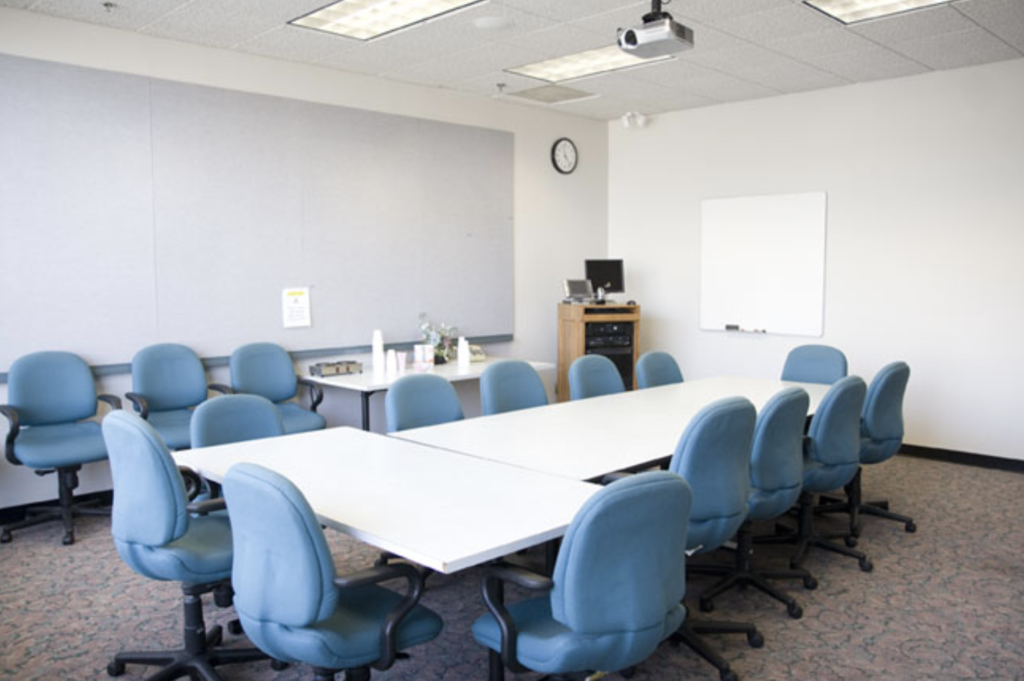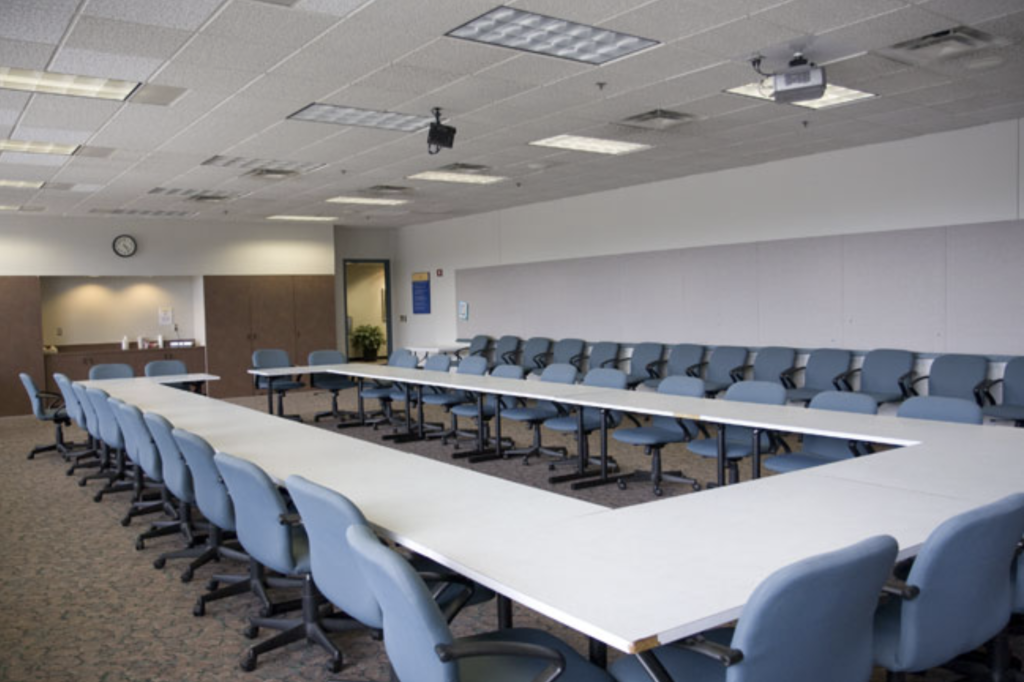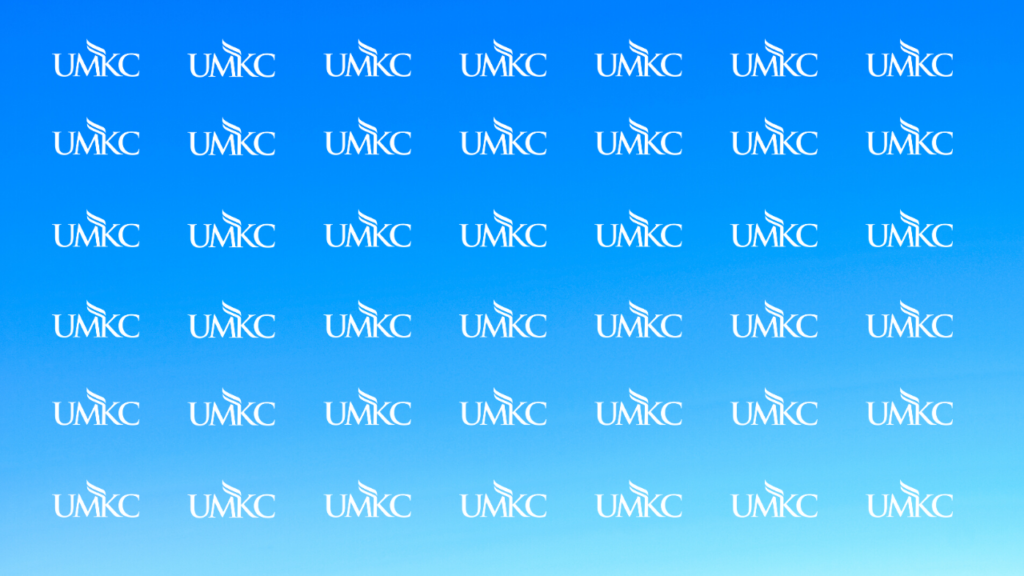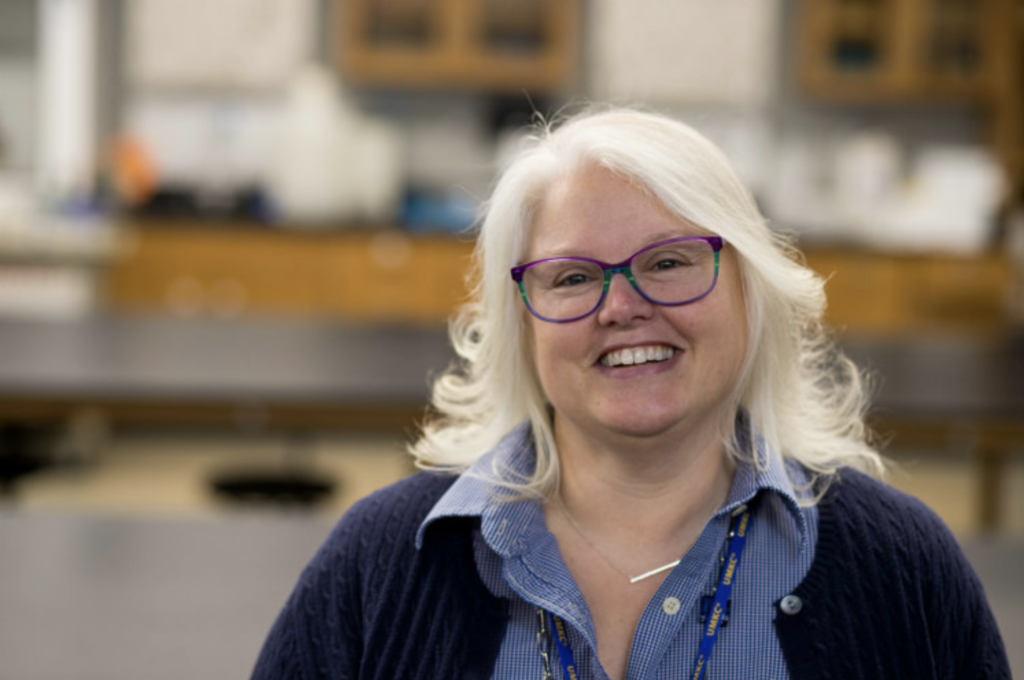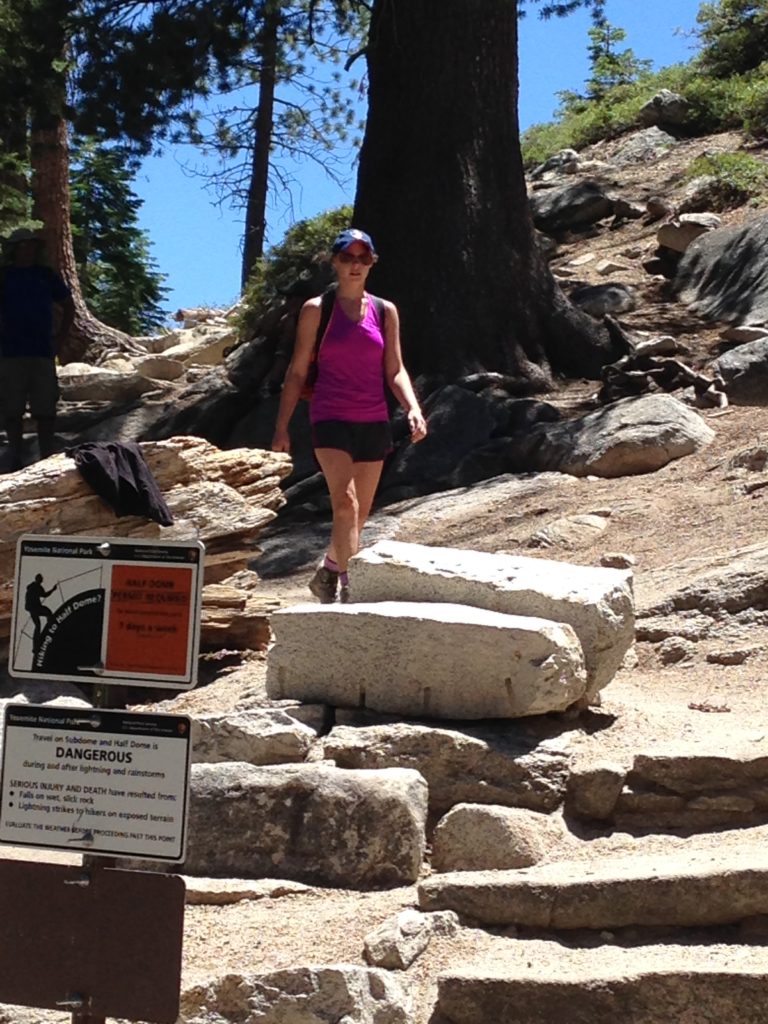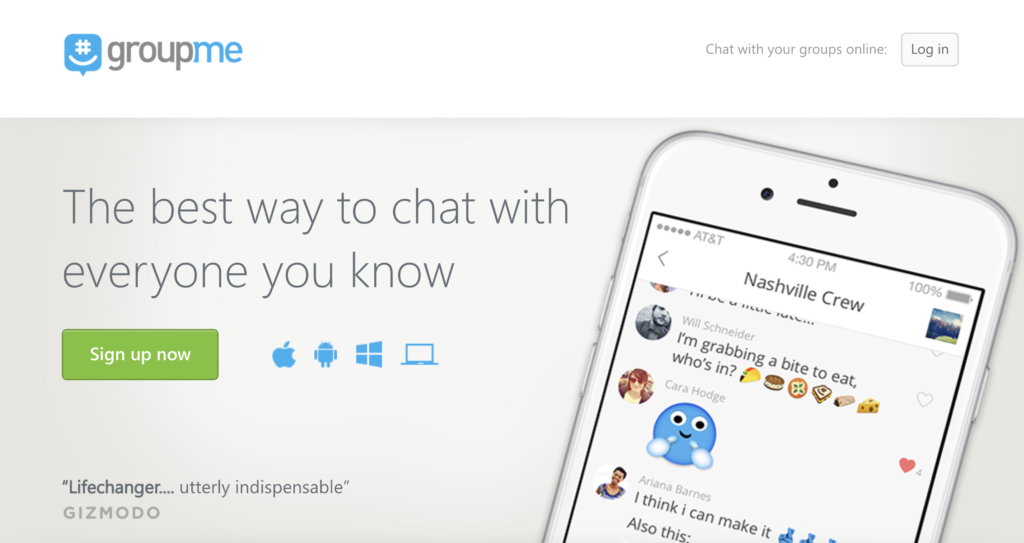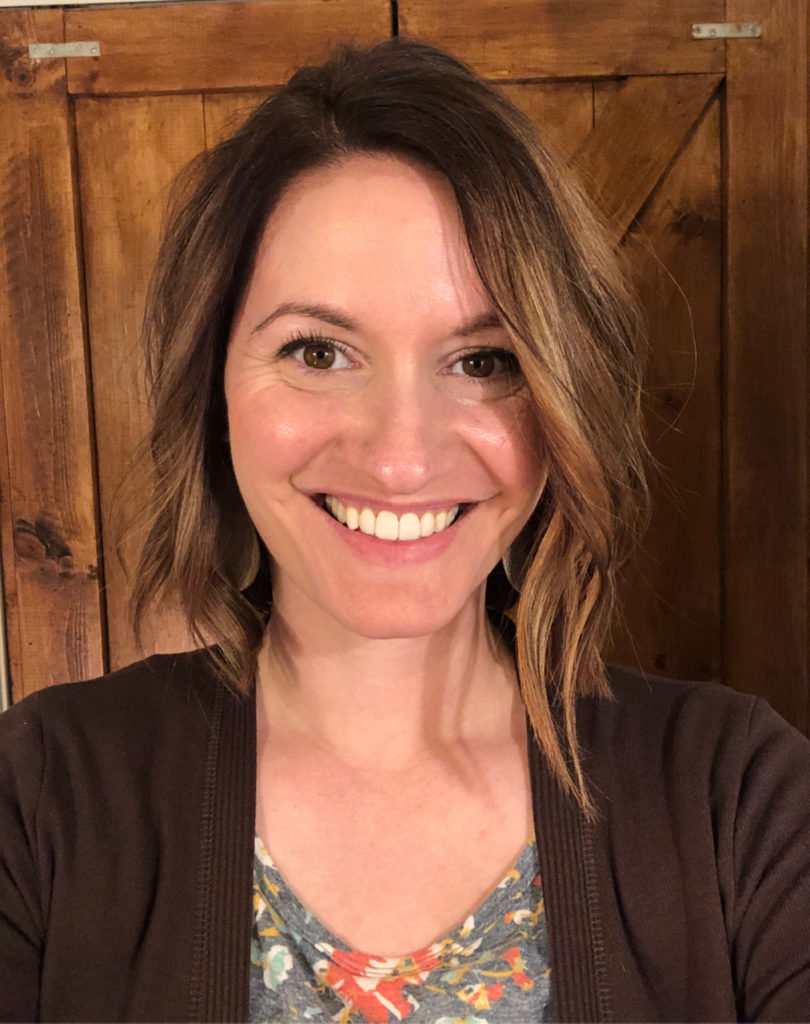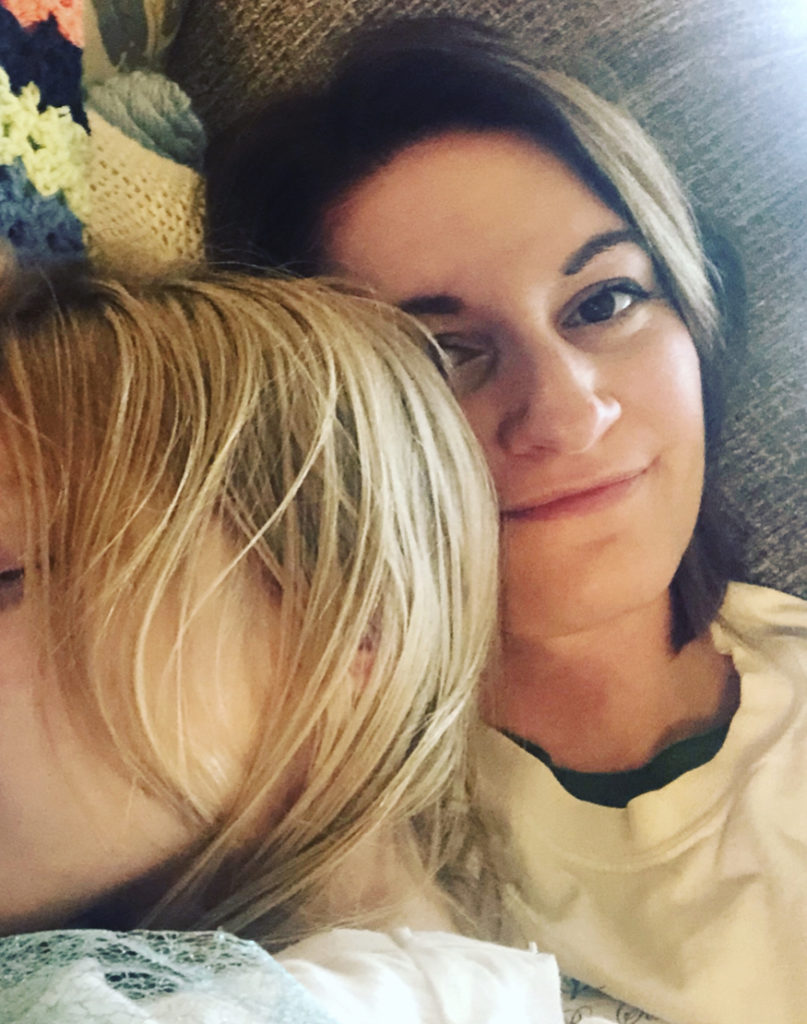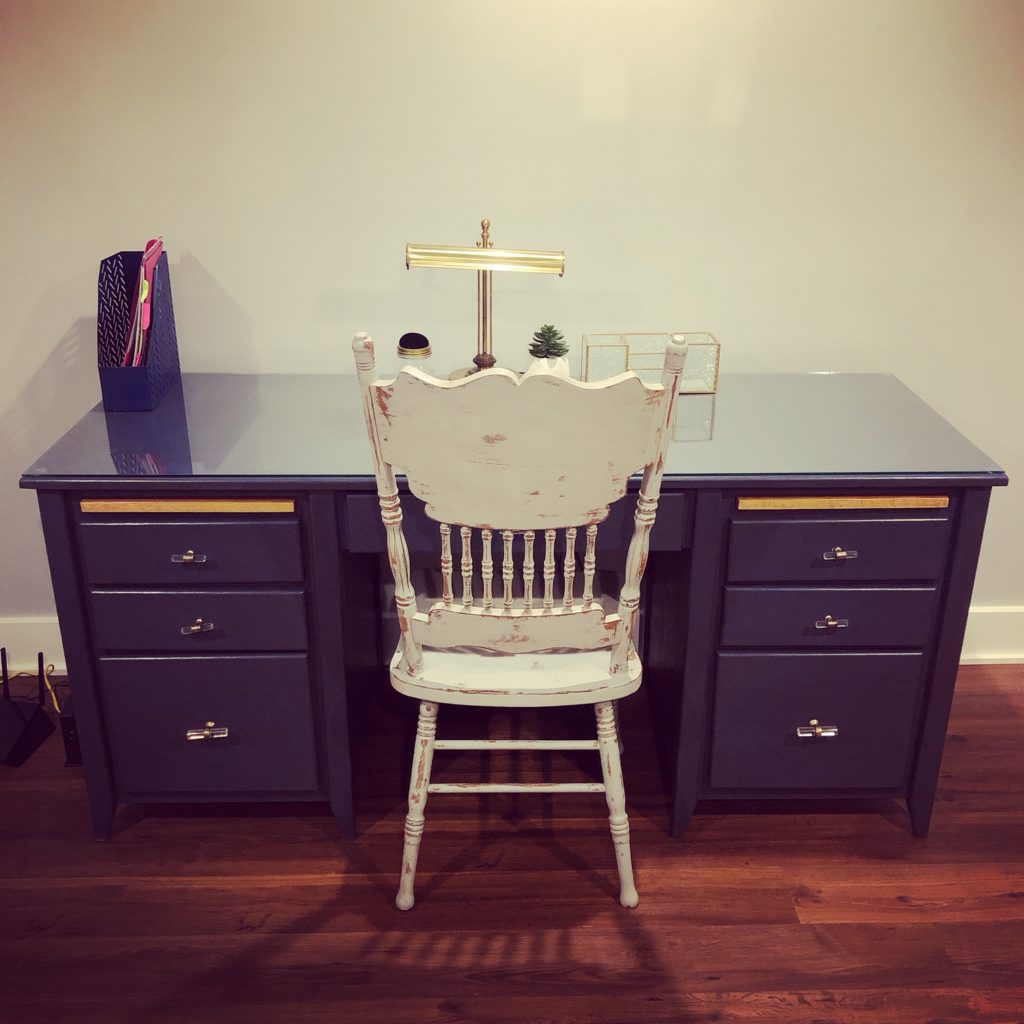Last week we emailed and encouraged all of you who are scheduled to teach on campus this fall to confirm the equipment and capabilities of your assigned classrooms. We are hearing that some of you are asking for classrooms equipped to let you live-stream your class sessions so that students who are unable to attend in person can attend via zoom. In the ideal situation, classes like that would be designed and taught in “hy-flex classrooms” equipped with ceiling microphones, multiple large displays to show the faces of students attending remotely, and multiple cameras so that remote students can see the instructor and the students in the classroom. We have only a handful of true hy-flex classrooms available on campus. Other classrooms in HSB and the Conservatory have been modified for specific remote teaching purposes including placing limitations on Zoom and other features.
As an alternative to hy-flex teaching, several of you have proposed to live stream from a traditional ILE classroom using an active zoom session during your class session. We want to be sure you are aware that there are significant limitations to this approach and share some strategies to consider that could help address those limitations.
Limitations of using the camera on most classroom computers for zoom during class:
- students attending by zoom will see and hear only you
- you will need to stay close to the camera
- students attending by zoom will not be able to hear questions or discussion from students in the classroom because the only microphone is at the podium or on you
- students attending by zoom may not be able to ask questions, even via chat in zoom, unless you are able to consistently monitor the zoom window while teaching
Ways to mitigate the limitations:
- If using only the classroom computer’s camera, turn the camera toward the class from time to time;
- When students in the classroom ask questions or make comments, repeat the question or comment so that students attending by zoom can benefit;
- If you have a laptop or tablet, consider bringing it to the classroom, signing into the zoom session on the laptop or tablet, and leaving it turned toward the class for the full class session;
- If students sitting in the classroom have their own laptops or tablets in class, consider inviting them to connect to the zoom session too, but keeping their speakers on mute or using earbuds to prevent audio interference in the room. Students in the classroom connected to the zoom session could help monitor the chat by letting you know if they see the chat light up on your laptop or theirs. Asking students to be part of the solution may increase their sense of being an active part the learning community.
General strategies to keep in mind if using this zoom approach:
- To make the session content available asynchronously, the instructor will need to record the zoom session. If both Zoom and Panopto are enabled in your Canvas course site, then any Zoom meeting scheduled from within Canvas and recorded will automatically be saved in your course Panopto folder and will be available to all the students in your course. This is the simplest way to make Zoom class recordings available to all the students in your course for asynchronous consumption.
- When you record the zoom session, select the option to record to the cloud. This generates better auto-captions than does Panopto and will automatically send your recordings into your course Panopto folder.
- When setting up the zoom session for each class, consider using a recurring meeting so that students do not have to track down a unique zoom link for each session.

